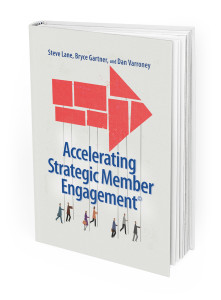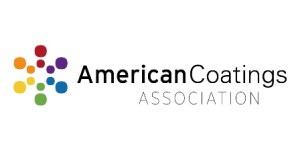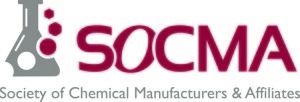Can 1 Core Strategy Reverse One Society’s Fortunes? For SPI, the Society for the Plastics Industry, the 2009 recession presented an open window of opportunity. Data driven strategies, and competitive assessments started the organization’s transformative and difficult process.
Embrace the Future
SPI’s leadership team seized upon their opportunity to develop what authors Chris Zook and Jim Allen call business boundary definitions & marketplace differentiation (in their book “Profit From the Core, Growth Strategy in an Era of Turbulence”, copyright 2010 Bain and Company).
 Seeing the organization as “all things to all people” William R. Carteaux, SPI’s President & CEO, worked with the Board to narrow SPI’s vision, and build a business model that could drive the Plastics sector’s growth throughout the United States.
Seeing the organization as “all things to all people” William R. Carteaux, SPI’s President & CEO, worked with the Board to narrow SPI’s vision, and build a business model that could drive the Plastics sector’s growth throughout the United States.
Industry Collaboration
SPI’s new boundary definition now includes brand owners. For example, Coca Cola, Pepsi & General Mills now participate in the Brand Owner Council. They would join with groups reflecting material suppliers, processors, and equipment manufacturers to reflect the entire plastics sector’s legislative and regulatory agenda.
1 Core Strategy
The 1 Core Strategy combines a flexible business model and constant member engagement to deliver value and motivate participation:
SPI funds legislative, regulatory, education and training tools to help members achieve business objectives. As priorities change so does budget investment to support members in either advocacy or industry training programs.
Carteaux spends 80% of his schedule meeting & listening to member concerns. Through Social Media and staff engagement, staff is a listening post. A new AMS platform & Website, planned for 2014 will enhance organizational tracking & their call to action capacity.
Can 1 Core Strategy Reverse One Society’s Fortunes?
 A refocused SPI sees dues and revenue losses in a rear view mirror. Core Strategies transformed the organization. New members enroll almost every day, conference attendance is growing and member dues retention since 2012 is 100%.
A refocused SPI sees dues and revenue losses in a rear view mirror. Core Strategies transformed the organization. New members enroll almost every day, conference attendance is growing and member dues retention since 2012 is 100%.
For a free copy of the “Accelerating Strategic Member Engagement” eBook, request your copy at www.potomaccore.com.











